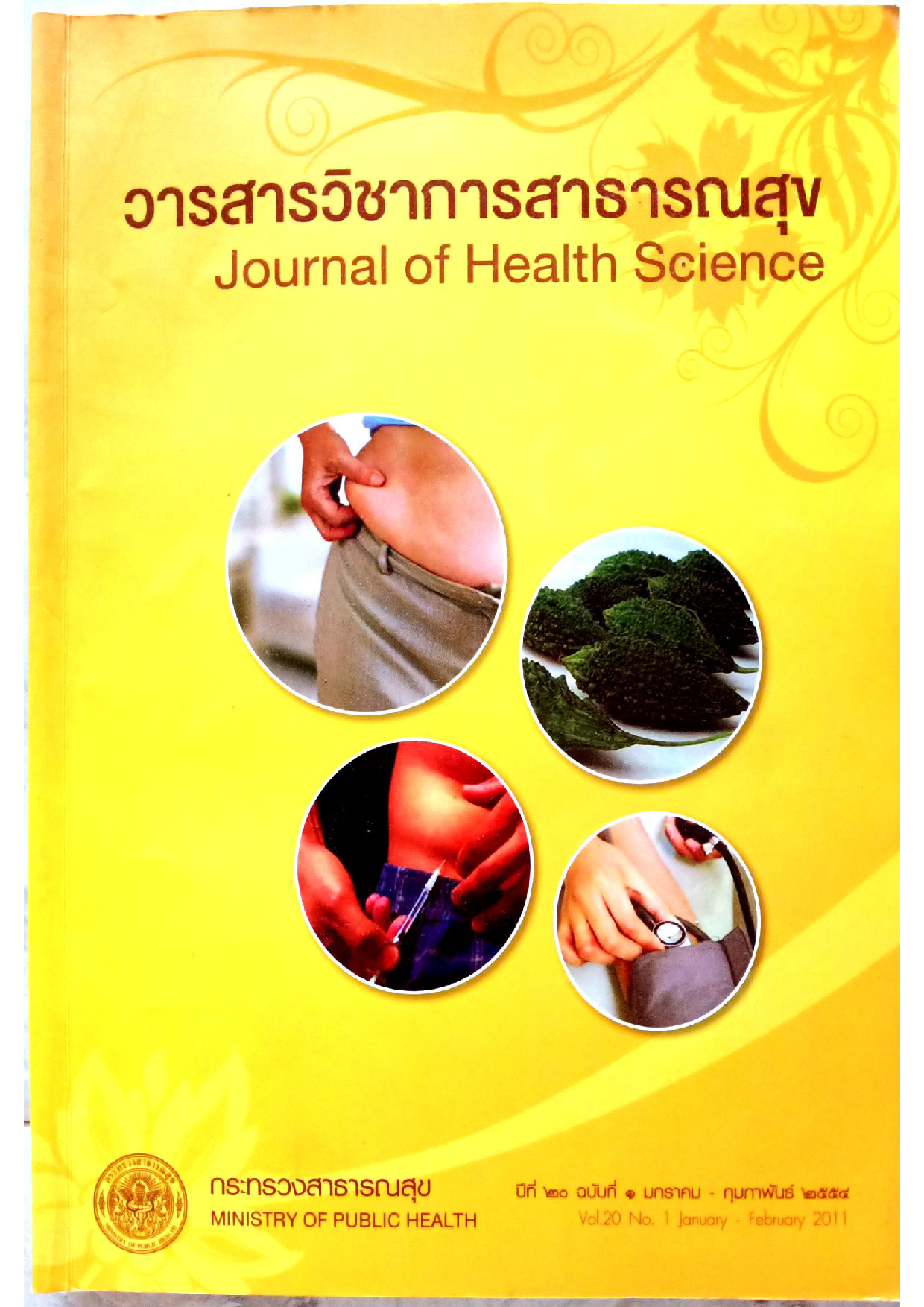Why Thais Go Fat? : Social Determinants of Obesity Thaksaphon Thamarangsi, Sirinya Phulkerd, Suladda Pongutta
Keywords:
obesity, dietary pattern, physical activityAbstract
Obesity is a global epidemic. Prevalence of overweight and obesity in Thailand increase overtime among general and youth population, particularly those in urban and Bangkok residences. Overweight is a leading health risk factor, especially to female population. Obesity significantly relate with a number of serious diseases and conditions, including chronic and non-communicable diseases. This research analyses the factors related to the development of overweight and obesity looking at available secondary data from various sources. Dietary pattern of Thai population showed worrisome trends. The increase in consumption of many energy-dense food items has been witnessed. These included fat, sugar, carbonated drinks. confectionary and snacks. Other consumption patterns, proven for obesity-associated, have become obvious in Thailand, including low intake of vegetables and fruit, inadequate breast feeding, number of main meals per day and booming of processed foods. Available data reflects the physical activity inadequacy, particularly when considering on frequency and intensity of physical exercise and evidence of sedentary lifestyles, such as watching television and use of motor vehicles. During the recent time, Western-style fast food consumption has become more and more common in Thai society. The physical and financial availability of many energy-rich food items increase significantly due to growth of modern trade and economic progress. The real price of many items, including carbonated drinks and fast foods, did not keep in pace with inflation and living cost. Meanwhile, Thai society has been exposed to the intense marketing practices to promote consumption of these energy-dense foods, employed by the food industry.
Downloads
Downloads
Published
How to Cite
Issue
Section
License
Copyright (c) 2011 Ministry of Public Health

This work is licensed under a Creative Commons Attribution-NonCommercial-NoDerivatives 4.0 International License.







